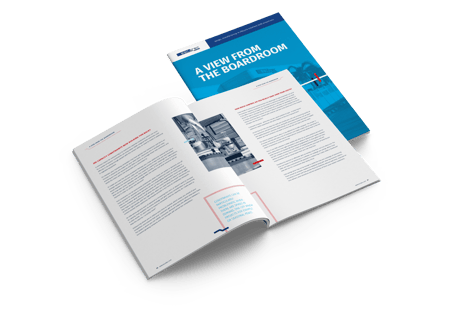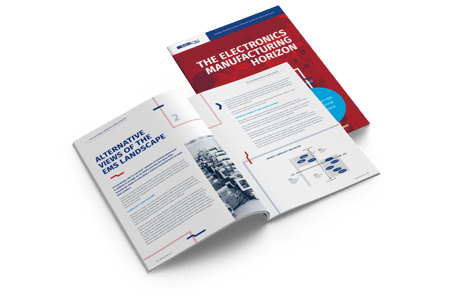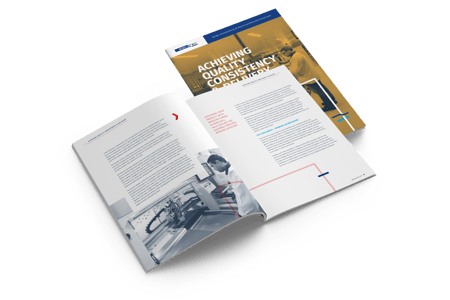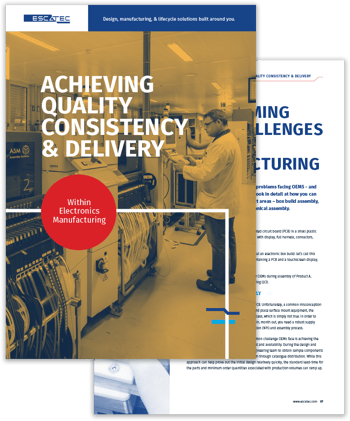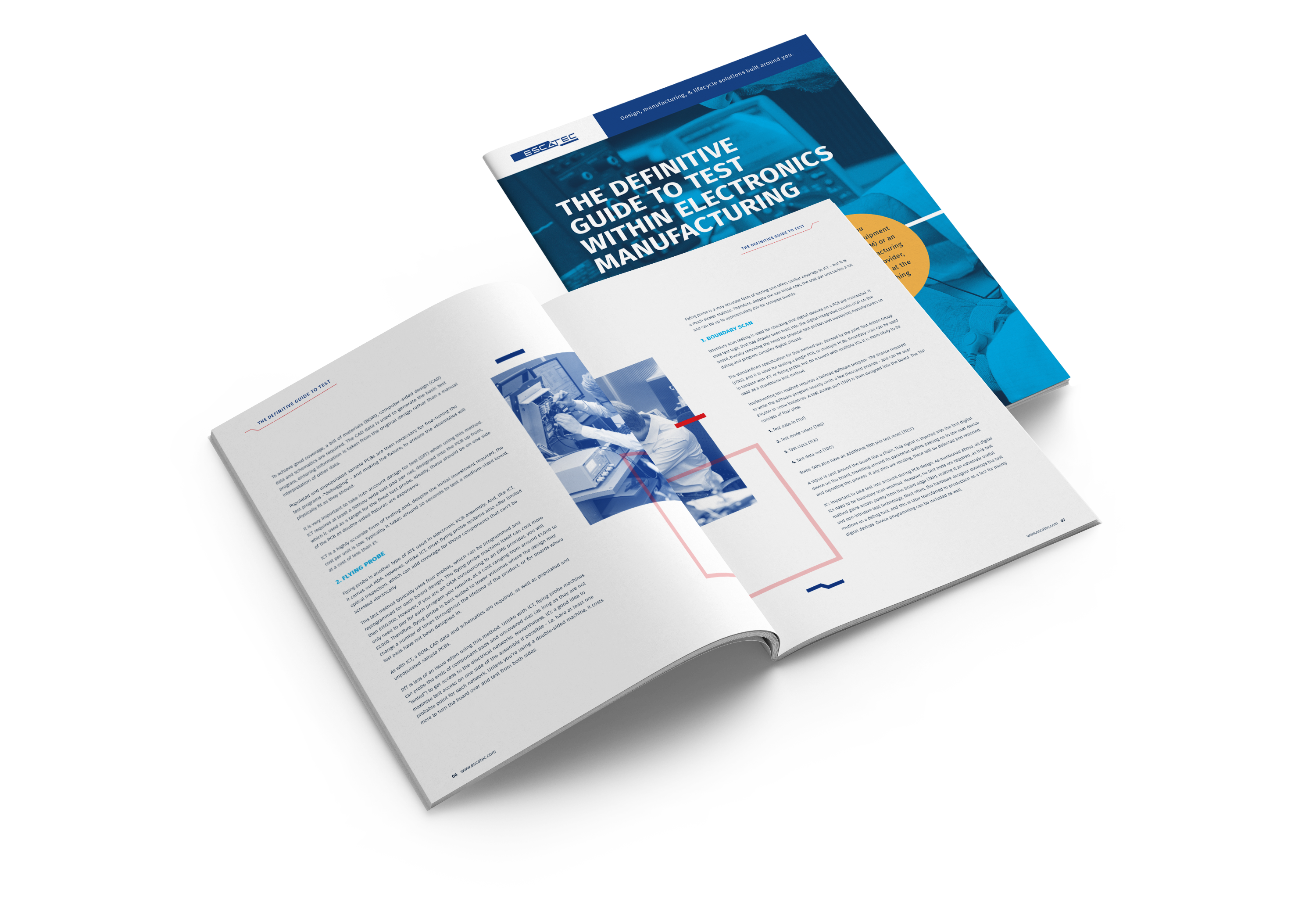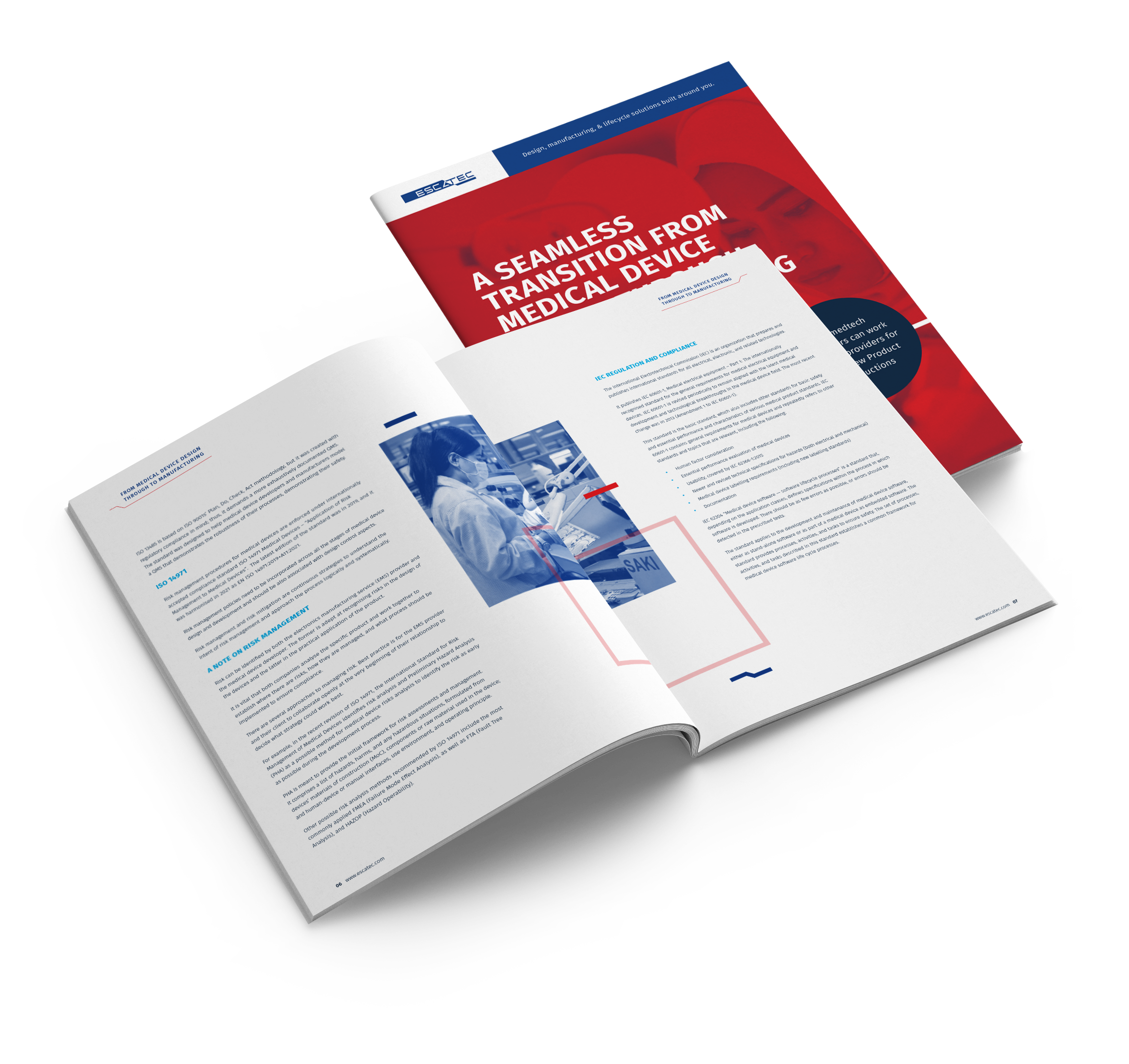The design decisions you make can have a huge impact on your product’s viability through its life-cycle. For OEMs who may be already outsourcing their procurement, build, test and distribution processes, weighing up whether to outsource product design could well be the next logical step.
Maintaining an internal design team can offer many advantages in terms of retaining knowledge, managing cost and protecting Intellectual Property. However the involvement of an external design house, independent contractor or EMS provider may bring with it a more specialist set of skills, an enhanced understanding of the design process, and a greater familiarity in handling the unique challenges of each new project.
So why might you choose to outsource your design? To whom could you potentially outsource? And what qualities should you look for if you do decide to seek out external design solutions?
It may be helpful to bear in mind the following four key questions as you consider your options:
- How important or relevant is it to your customers that your products are designed in-house?
- How risk averse are you as a business?
- Are you willing to carry the cost of maintaining a permanent design team?
- Are you looking for new ideas or are you planning to maintain or evolve an existing range?
Keeping design in-house
Managing your own team of designers enables you to build, fine-tune and retain specialist knowledge and ensures you have consistent and dedicated attention to your design projects. There may however be cost implications, the potential to overload your existing design team or the challenge of ensuring they’re productively occupied in the downtime between projects.
Choosing to design your own products in-house equips you with unique, complex and specialist knowledge. No one knows your products better than you and, over time, your design department can build up an invaluable bank of expertise that is specifically applicable to your projects. It can also give you greater transparency as to how your money is allocated for each project.
Keeping everything under one roof can also give you the reassurance that thorough, dedicated and consistent attention is being given to the design process.
And if you’re maintaining an ongoing schedule of design activities, and you’re able to keep your design team busy and motivated, then there’s the potential to significantly save on wages and other staff costs.
Manufacturers are particularly prone to damage as a result of theft of Intellectual Property (IP) through counterfeiting, copying or stolen designs so by keeping close control on your design process you can also maintain better control of your IP assets.
An in-house knowledge of the design process could also be invaluable in providing your field service engineers with the knowledge to handle the maintenance, upgrading or repair of products.
Conversely though, maintaining a permanent, in-house, design team means a continual overhead so you’ll need to ensure you can keep your designers productively occupied so you’ll want to consider the investment required in resources, equipment and infrastructure.
Technology is constantly on the move too, so it’s wise to budget for retraining and investing in your designers to ensure they’re keeping pace with new developments.
Relying solely on an in-house design team may also limit your opportunities for a new perspective. How innovative are your existing designers? Are they better suited to evolving existing products or do you want them to come up with new ideas?
Why outsource product design
Outsourcing the design stage can free you up to focus on what you’re great at. You may prefer to direct your energy into developing product concepts or price points for example, and to leave the more niche aspects of product design to a specialist.
Technology is fast moving, so you may find it more cost effective and time-efficient to hand over the increasingly complicated technicalities of design to a company that has the resources to keep pace.
Managing design in-house means you’ll need to have all the necessary skills, infrastructure, equipment and personnel on-hand. Choosing to keep your own team of designers permanently on payroll relies on having the budget to accommodate them and of course, a steady stream of projects to keep them busy.
We all have our individual strengths and a design specialist, by their very nature, will have an extensive knowledge and a more detailed understanding of the challenges of the design process. They will appreciate the unique characteristics of each design project, they’ll also have a rich array of experience to draw on and the capacity to apply lessons learned from previous projects.
Finally too, how does outsourcing design fit into your current strategy? Perhaps your in-house design team is already working to capacity? Maybe you have a specific short-term goal or operational need that is best met by an external design company? Or maybe you are looking to outsource product design as part of a longer-term plan?
Bringing in an independent contractor
Employing an independent contractor could be the answer if you’re after a short-term design solution as you engage the specialist help that you need, without taking on the commitment of a permanent employee.
Working directly with an independent contractor may offer a greater degree of accessibility. You'll be dealing with one person directly which may be especially desirable if you prefer communicating one to one rather than with a larger design team via a project manager.
If you’re manufacturing unique or niche products, then taking on an independent contractor offers an opportunity to select someone with specific and bespoke skills appropriate to your design project.
On the other hand, experienced designers with the specific technical focus that you’re after, may be hard to secure when you need them, so timing will be crucial. The recruitment process can also take time, so you’ll need to plan ahead to ensure you allow sufficient lead-time to identify and recruit the right person.
Bringing in a new contractor could also bring with it new management challenges. Will you need to micromanage your designer? How much support or supervision will they need day-to-day? And will you expect them to work on site or remotely?
Introducing an unfamiliar contractor can carry with it an element of risk, so you’ll want to conduct interviews, request testimonials and see portfolios of previous projects to ensure you’re making the right strategic decision.
Outsourcing design to an EMS partner
An EMS provider is ideally placed to understand the relationship between design and manufacture. And if they’re your existing EMS partner then they’ll already understand your business and your products and will be invested in maintaining the relationship.
Outsourcing to your existing EMS partner keeps things simple. You have design and manufacture under one roof, and with that, the advantage and convenience of being able to liaise with a single supplier throughout the process.
Your EMS provider understands the intricacies and challenges of the manufacturing process so you have the reassurance of knowing that the products they design are both practical in nature and suitable for manufacture.
Choosing your EMS as a design partner can have distinct advantages when it comes to DfX (Design for Excellence). From the outset they will be looking to specify your product for DfMA (Design for Manufacturing and Assembly), and to uphold the latest environmental standards in production through DfE (Design for Environment).
Using the same team to design and build your product can also give you access to Value Engineering (VA/VE) services that will improve the performance of your product while saving you considerable amounts of money.
Accessing DfX and VA/VE insights early on in your design process can be key to delivering a product that is profitable from the beginning, rather than being tweaked and iterated for value in post-production.
It can also help enable a smooth transfer to manufacture, ensuring that there are no nasty surprises in store when you arrive at the production line.
An important consideration, though, if you’re contemplating outsourcing design to an EMS, is the ownership of IP. If your designer is also your manufacturer then who ultimately owns what? And are there any hidden caveats?
Design and manufacture are also two separate and specialised skills so a key question for your EMS will be, is design really their thing? And more specifically, do they actually do it themselves or are they simply subcontracting this element? Future proofing could be another criteria. Will your EMS provider design to suit your specifications or are they designing to suit their own manufacturing process? And, should you decide to move to a new EMS partner at a later stage, how easy will it be to transfer the design to a different manufacturer if you need to?
Finally too, combining design and manufacture could create a potentially greyer cost model so it’s important you have clarity about how exactly your money is being spent and where. How will your EMS separate design from Non Recurring Engineering (NRE) costs? And are there additional upfront charges you need to be aware of?
Outsourcing to a design house
Working with a design house offers the benefit of a dedicated and focused team who can handle the unique requirements of your project and provide the correct technical information to your EMS partner.
A team of designers can pool their resources to come up with new ideas that you may not be able to generate in-house. Perhaps you’re looking to evolve an existing product and would like a fresh pair of eyes? Or you may be looking for a completely new concept.
Engaging a design house will also remove the need to recruit and manage your own design engineers. You pay for the services you receive, with no ongoing payroll and without the need to invest in infrastructure, equipment or personnel.
While you’ll have the benefit of a team of designers working for you, you’ll also have the convenience of a single project manager as your point of contact.
And why reinvent the wheel if you don’t need to? A design house with a proven track record will be able to apply, learn from or borrow from the challenges and successes of previous projects across a range of industries.
Taking on the services of a design house will however rely on you having a clear strategy from the outset. So the clearer you are about exactly what it is that you want, the more likely you’ll avoid wasting time, and money, on back and forth discussions.
Communicating via a project manager rather than directly with your design team may also mean you feel a little more detached from the design process. And if your design house is managing more than one project at a time it may be worth considering how responsive they can be when you need them.
Equally too, having access to your design house’s internal resources, networks, infrastructure and expertise comes at a cost, so you’ll want to ensure you have a clear sense of what you’re paying for and where the boundaries lie.
Alternative design solutions
There is no right or wrong answer when it comes to outsourcing your product design. And one size certainly does not fit all. But that said, involving those responsible for manufacturing in your design process from the outset makes a great deal of sense.
Design and manufacturing go hand-in-hand. If your own production team, or EMS partner struggles to build your new design on-time and to budget, your costs will spiral out of control and your customer base will be left disappointed.
Worst case, you might fail to get the product to market in the first place and watch your competition eat your lunch right in front of you. And if your manufacturing team or partner have been consistently delivering good quality product but you fail to innovate and come up with fresh new ideas, well the end result is going to be similar.
So, ideally you could be looking to develop a three-way relationship, in which you keep design and manufacture as two separate elements, but closely linked, with you, as the OEM, as the third point of the triangle. That way you can focus on initial concepts, price points and sales without the day-to-day hassle of trying to make the sketches come to life and then turning these into tangible products your customers want to buy.

.jpg)
